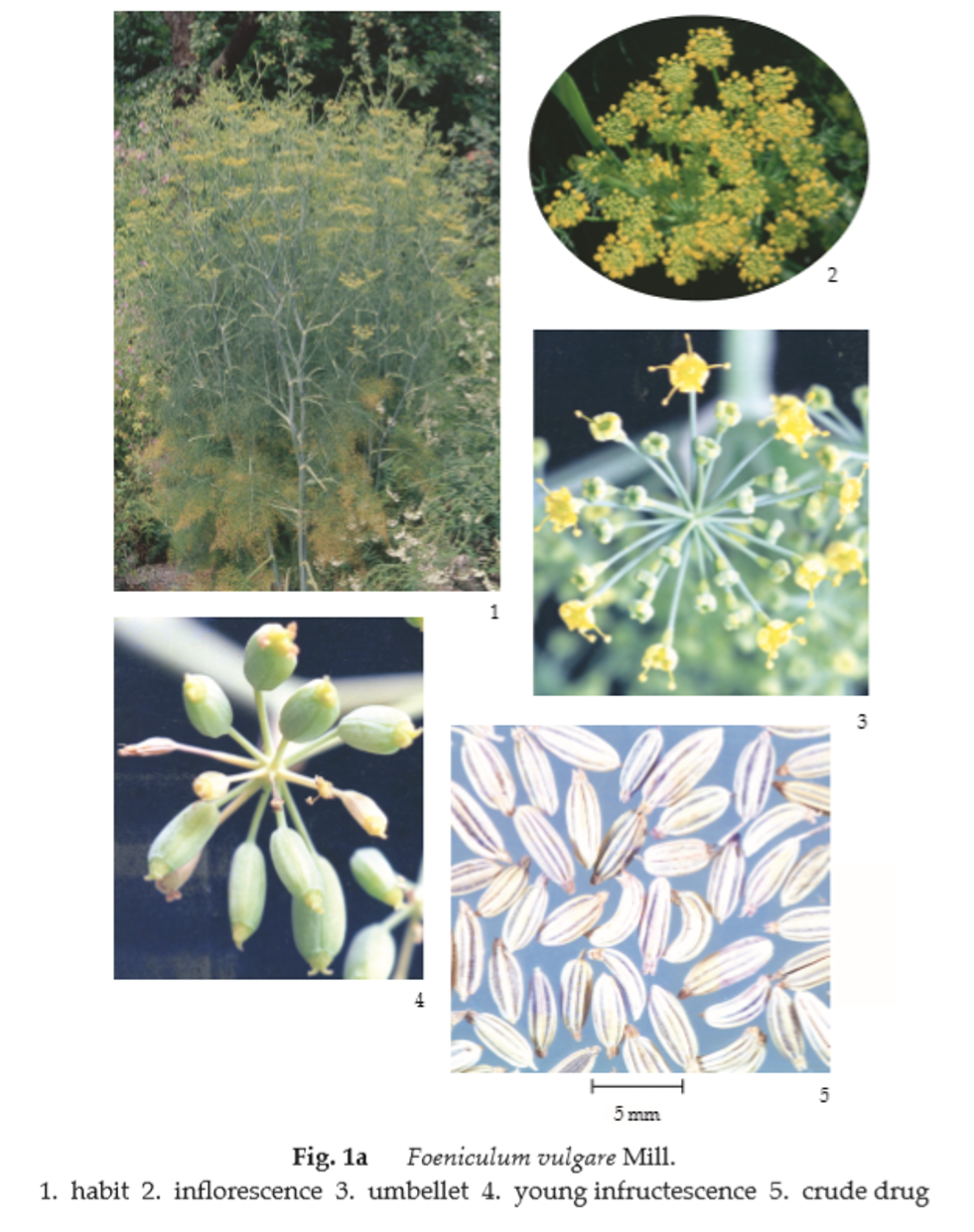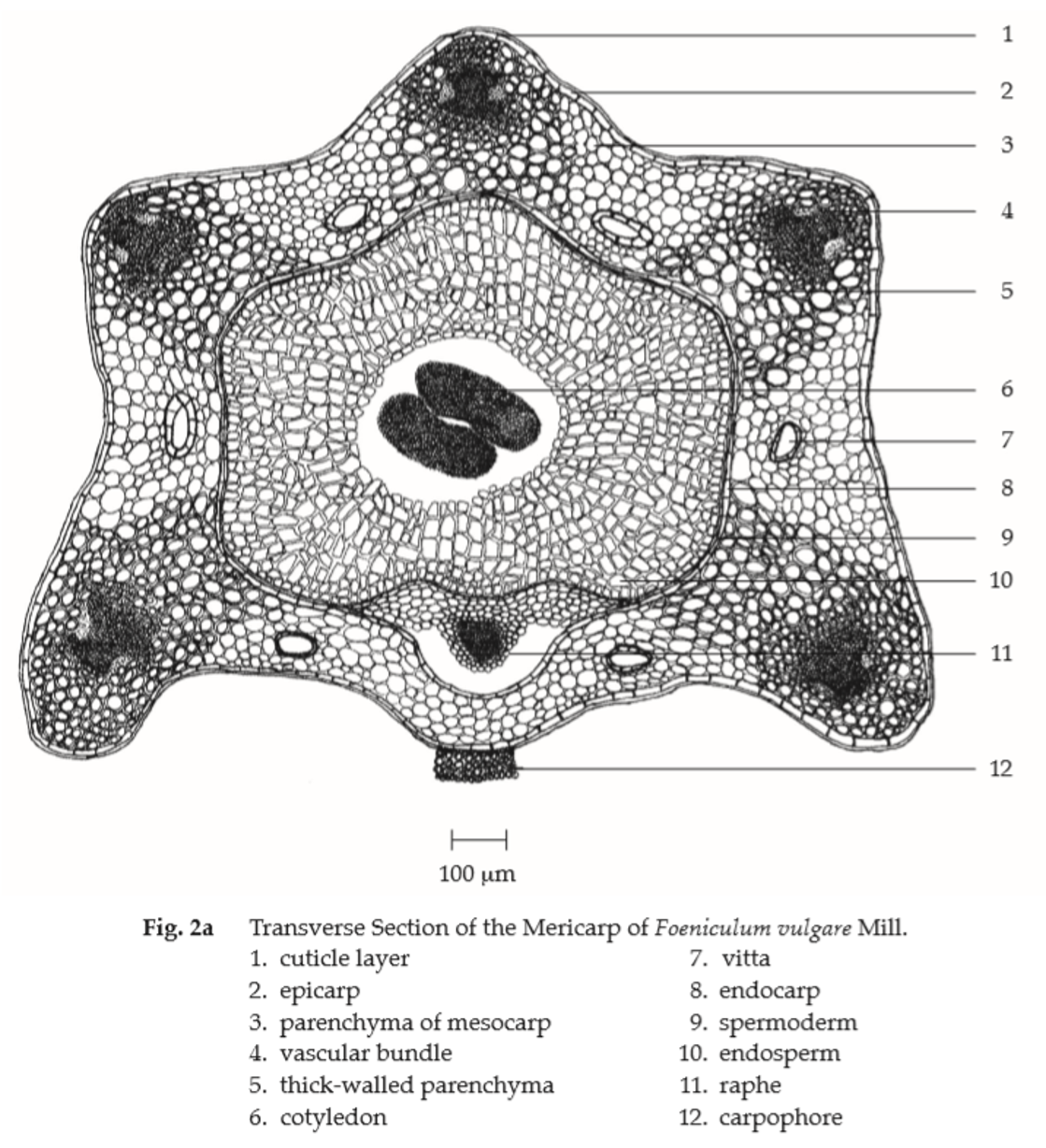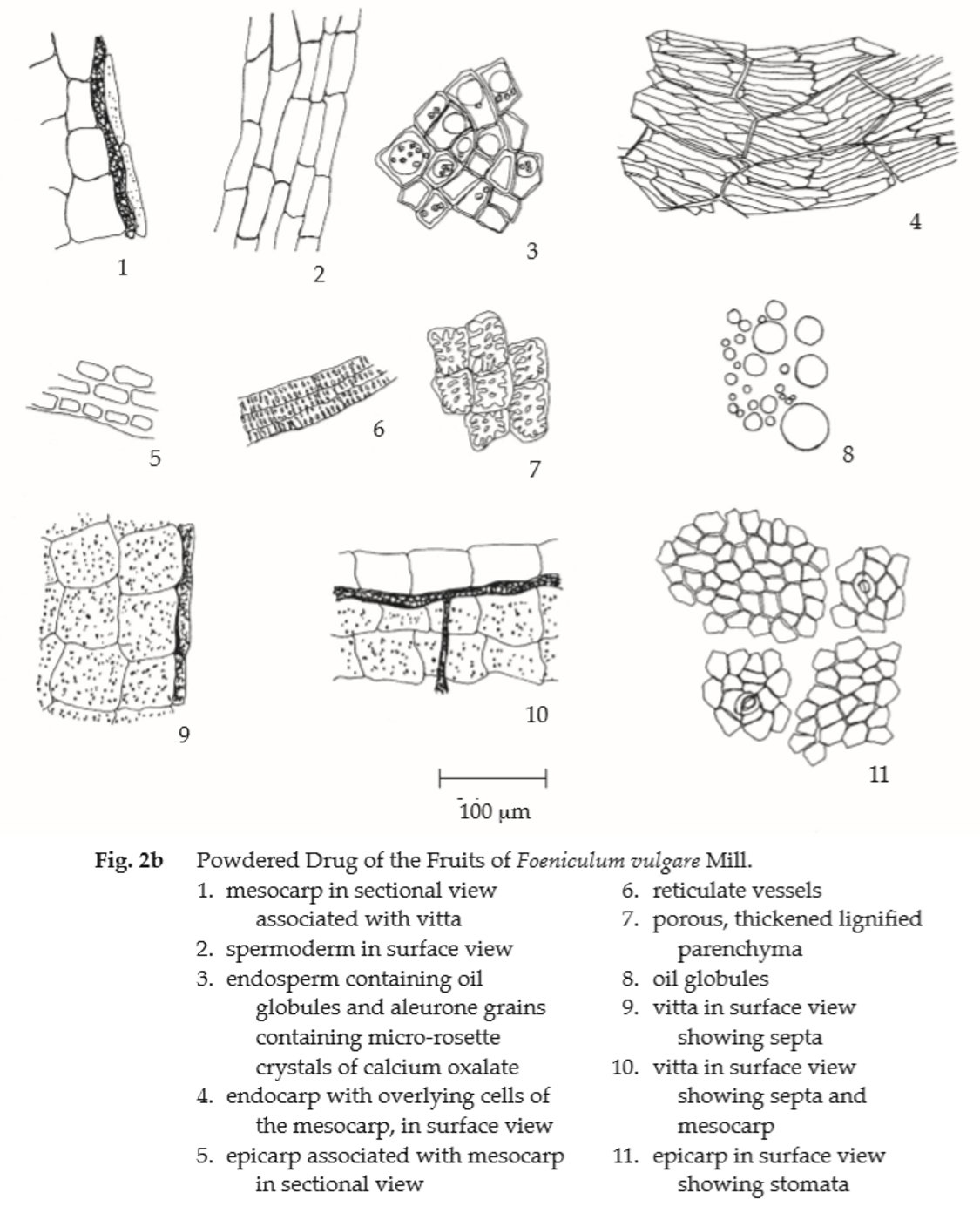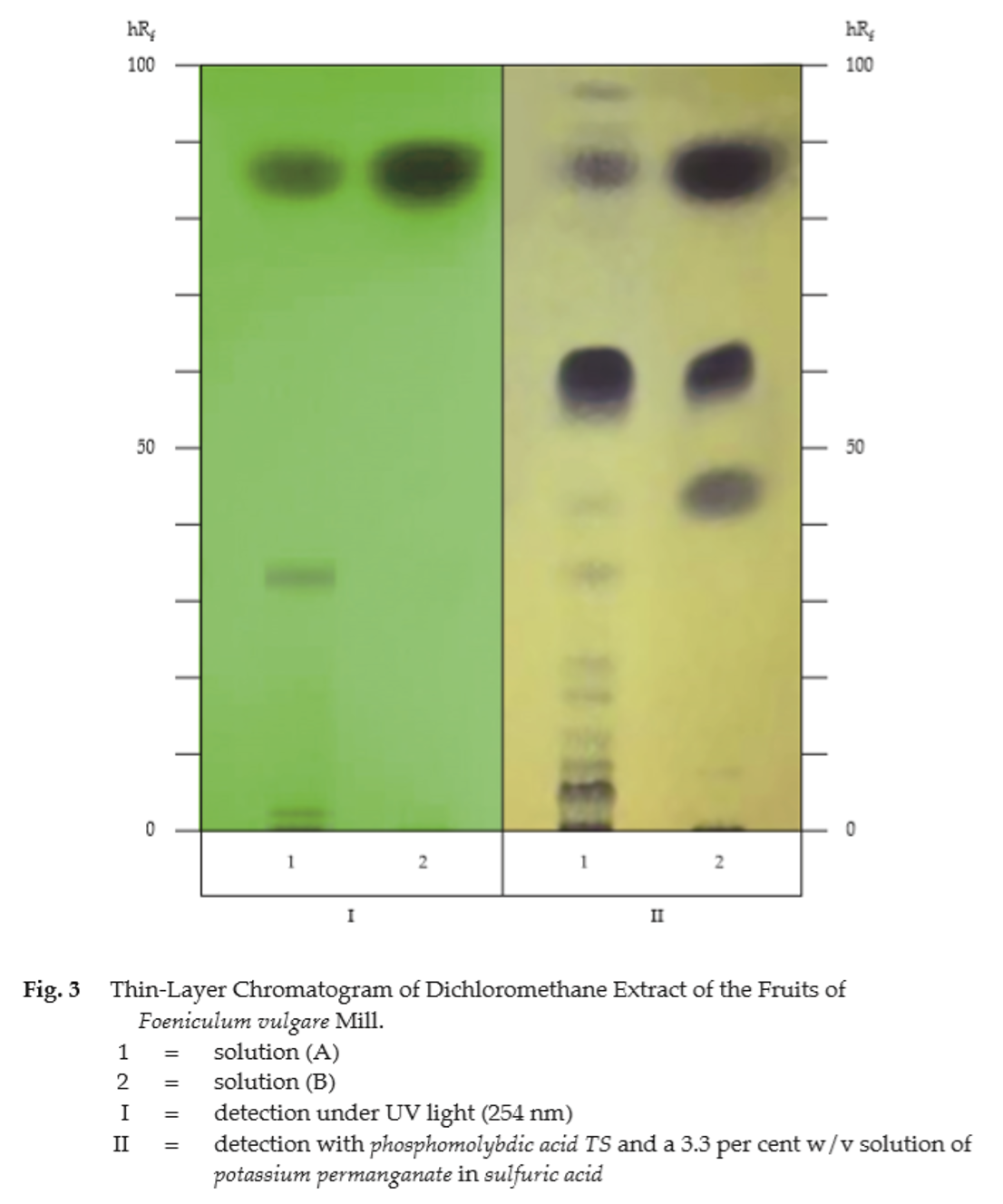ตำรามาตรฐานยาสมุนไพรไทย
Thai Herbal Pharmacopoeia
สำนักยาและวัตถุเสพติด กรมวิทยาศาสตร์การแพทย์ กระทรวงสาธารณสุข
Bureau of Drug and Narcotic, Department of Medical Sciences, Ministry of Public Health(Tinospora crispa (L.) Hook.f. & Thomson)
(Nelumbo nucifera Gaertn.)
(Centella asiatica (L.) Urb.)
(Centella Dry Extract)
(Centella Cream)
(Mesua ferrea L.)
(Piper sarmentosum Roxb.)
(Piper sarmentosum Roxb.)
(Pterocarpus santalinus L. f.)
(Santalum album L.)
(Senna tora (L.) Roxb.)
(Senna alata (L.) Roxb.)
(Senna Alata Tea)
(Piper retrofractum Vahl)
(Myristica fragrans Houtt)
(Andrographis paniculata (Burm. f.) Nees)
(Andrographis Capsules)
(Allium ascalonicum L.)
(Ocimum tenuiflorum L.)
(Curcuma longa L.)
(Turmeric Capsules)
(Turmeric Dry Extract)
(Turmeric Dry Extract Capsules)
(Arcangelisia flava (L.) Merr.)
(Curcuma sp.)
Harrisonia perforata (Blanco) Merr.
(Aristolochia pierrei Lecomte)
(Zingiber officinale Roscoe)
(Ginger Capsules)
(Ginger Tea)
(Cassia fistula L.)
(Nardostachys jatamansi (D. Don) DC.)
(Angelica sinensis (Oliv.) Diels)
Artemisia annua L.
(Ligusticum sinense Oliv. cv. Chuanxiong)
(Neopicrorhiza scrophulariiflora Pennell)
(Atractylodes lancea (Thunb.) DC.)
(Aucklandia lappa Decne)
(Terminalia chebula Retz.)
(Angelica dahurica (Hoffm.) Benth. & Hook. f. ex Franch. & Sav. var. dahurica)
(Kaempferia parviflora Wall. ex Baker)
(Hibiscus sabdariffa L.)
(Roselle Tea)
(Allium sativum L.)
(Zingiber zerumbet (L.) Sm.)
(Wurfbainia testacea (Ridl.) Škorničk.& A. D. Poulsen)
(Cannabis sativa L.)
(Myristica fragrans Houtt)
(Dracaena cochinchinensis (Lour.) S. C. Chen)
(Ficus racemosa L.)
(Hyptis suaveolens (L.) Poit.)
Clerodendrum indicum (L.) Kuntze
(Phyllanthus emblica L.)
(Citrus hystrix DC.)
(Citrus hystrix DC.)
(Areca catechu L.)
(Momordica charantia L.)
Moringa oleifera Lam.
(Aegle marmelos (L.) Corrêa)
(Solanum trilobatum L.)
(Morus alba L.)
Gynostemma pentaphyllum(Thunb.)
Makino
(Clinacanthus nutans (Burm. f.) Lindau)
(Cissus quadrangularis L.)
(Mimusops elengi L.)
(Zingiber montanum (J. König) Link. ex A. Dietr.)
(Piper betle L.)
(Capsicum annuum L.)
(Capsicum Oleoresin)
(Capsicum Gel)
(Piper nigrum L.)
(Piper nigrum L.)
(Eurycoma longifolia Jack)
(Thunbergia laurifolia Lindl.)
(Piper wallichii (Miq.) Hand.-Mazz.)
Senna garrettiana (Craib) H. S. Irwin & Barneby
(Terminalia bellirica (Gaertn.) Roxb.)
(Terminalia chebula Retz.)
(Caesalpinia bonduc (L.) H. Roxb.)
(Tarlmounia elliptica (DC.) H. Rob., S. C. Keeley, Skvaria & R. Chan)
(Hog Creeper Vine Dry Extract Capsiles)
(Hog Creeper Vine Dry Extract)
(Brachypterum scandens (Roxb.) Miq.)
(Lepidium sativum L.)
(Nigella sativa L.)
(Cuminum cyminum L.)
(Foeniculum vulgare Mill.)
(Plantago ovata Forssk.)
(Pimpinella anisum L.)
(Carum carvi L.)
(Anethum graveolens L.)
(Trachyspermum ammi (L.) Sprague)
Albizia procera (Roxb.) Benth.
(Acorus calamus L.)
(Tiliacora triandra (Colebr.) Diels)
Cyanthillium cinereum (L.) H. Rob.
(Orthosiphon aristatus (Blume) Miq.)
Murdannia loriformis (Hassk.) R. S. Rao & Kammathy
(Capparis micracantha DC.)
(Chrysopogon zizanioides (L.) Roberty)
(Cyperus rotundus L.)
(Cannabis sativa L.)
(Syzygium aromaticum (L.) Merr. & L. M. Perry)
(Boesenbergia rotunda (L.) Mansf.)
(Acanthus ebracteatus Vahl)
(Acanthus ilicifolius L.)
(Kaempferia galanga L.)
(Curcuma comosa Roxb.)
Betula alnoides Buch.-Ham. ex D. Don
Cannabis sativa L.
Carthamus tinctorius L
Mitragyna speciosa (Korth.) Havil
Mallotus repandus (Rottler) Müll. Arg
Azadirachta indica A. Juss. var. siamensis Valeton
Azadirachta indica A. Juss. var. siamensis Valeton
Punica granatum L.
Rhinacanthus nasutus (L.) Kurz
Baliospermum solanifolium (Burm.) Suresh
Curcuma aeruginosa Roxb
Boesenbergia kingii Mood & L. M. Prince
Senegalia rugata (Lam.) Britton & Rose
Acacia concinna (Willd.) DC.
Senegalia rugata (Lam.) Britton & Rose
Acacia concinna (Willd.) DC.
Senna alexandriana Mill. var. alexandriana
Cassia acutifolia Delile, Cassia angustifolia Vahl
Butea superba Roxb. ex Willd.
[Plaso superba (Roxb. ex Willd.) Kuntze, Rudolphia superba (Roxb. ex Willd.) Poir.
Pueraria candollei Graham
ex Benth. var. mirifica (Airy Shaw & Suvat.) Niyomdham
Streblus asper Lour.
Suregada multiflora (A. Juss.) Baill. (Gelonium
multiflorum A. Juss.
Plumbago zeylanica L.
Plumbago indica L.
Biancaea sappan (L.) Tod.
Ziziphus attopensis Pierre
Streblus asper Lour.
Justicia gendarussa Burm. f.
Enhalus acoroides (L. f.) Royle
Bridelia ovata Decne.
Tamarindus indica L.
Citrus × aurantiifolia (Christm.) Swingle
Garcinia mangostana L.
Blumea balsamifera (L.) DC
Persicaria odorata (Lour.) Soják
Zingiber montanum (J. König) Link ex A. Dietr.
Mammea siamensis (Miq.) T. Anderson
Citrus maxima (Burm.) Merr.
Citrus × aurantium L. ‘Som Sa’
Punica granatum L.
Rhinacanthus nasutus (L.) Kurz
Sweet Fennel is the dried cremocarp and mericarp of Foeniculum vulgare Mill. [F. vulgare var. dulce (Mill.) Batt. & Trab.] (Family Umbelliferae), Herbarium Specimen Number: DMSC 4534, QSBG 22811, Crude Drug Number: DMSc 432.
Constituents Sweet Fennel contains volatile oil of which anethole, estragole and fenchone are its major components. It also contains flavonoids.
Description of the plant (Figs. 1a, 1b) Herb annual or perennial, 0.4 to 2 m tall; all parts strongly aromatic; stem erect, soft and hollow, terete, grey-green or lurid green, glabrous. Leaves broadly triangular in outline, 4 to 30 cm long, 5 to 40 cm wide, pinnately decompound, ultimate segment linear, 1 to 6 mm long, about 0.1 mm wide; lower petiole 5 to 15 cm long, sheaths membranous-margined. Inflorescence compound umbels, terminal and lateral, 5 to 9 cm across; bract and bracteole absent; rays numerous, upward-spreading, unequal; peduncle 2 to 25 cm long; umbellules 14- to 39-flowered; pedicel thin, 2 to 10 mm long, unequal. Flower: calyx teeth obsolete; petals 5, yellow, obovate, midrib conspicuous, apex with narrowly inflexed lobule; stamens 5; ovary inferior, stylopodium conic, styles 2, very short, reflexed. Fruit cremocarp, oblong, 4 to 6 mm long, terete, glabrous, each mericarp 5- ridged, acute or round-obtuse. Seed face plane or slightly concave, carpophore 2-cleft to base.
Description Odour, aromatic; taste, slightly sweet and spicy.
Macroscopical (Figs. 1a, 1b) Cremocarps pale green or pale yellowish brown, 3.6 to 8.4 mm long, 1.1 to 2.5 mm wide, oblong, laterally compressed. Mericarps frequently separate, each being broadly elliptic, more or less curved; dorsal surface convex with 5 prominent, longitudinal ridges, and at the summit a short, conical stylopodium; commissural surface flat, with 3 narrow, light-coloured areas separated by 2 darker coloured areas.
Microscopical (Figs. 2a, 2b) Transverse section of the mericarp through the cotyledon shows epicarp layer, epidermal cells covered with smooth cuticle layer; stomata, occasional, various types; a carpophore on the commissural region, composed of lignified fibres. Mesocarp, several layers of thin-walled parenchyma cells; the ridge portions, a lignified fibrovascular bundle, surrounded by reticulate and porous, thickened, lignified parenchyma cells; vittae, large, brown, lined by small epithelial secretory cells, 4 dorsals between the vascular bundles, 2 commissural. Endocarp, a layer of tangentially elongated cells. Spermoderm, a layer of brownish, tangentially elongated cells attached to the endocarp, except where separated in the region of raphe. Endosperm, thick-walled, polygonal cells containing oil globules, aleurone grains with micro-rosette crystals of calcium oxalate. Two cotyledons located at the centre containing thin-walled cells with aleurone grains and oil globules.
Sweet Fennel in powder possesses the diagnostic microscopical characters of the unground drug.




Additional information It is commonly used with other herbal drugs in Thai traditional herbal preparations.
Packaging and storage Sweet Fennel shall be kept in well-closed containers, preferably of metal or glass, protected from light and stored in a cool and dry place.
Identification
A. Macerate 3 g of the sample, in powder, with 10 mL of ethanol (80 per cent) for 3 hours and filter (solution 1). To 3 mL of solution 1, add 0.5 mL of water: the solution becomes milky turbid.
B. To 3 mL of solution 1, add 3 drops of a 5 per cent w/v solution of iron(III) chloride: a dark green precipitate forms.
C. Carry out the test as described in the “Thin-Layer Chromatography” (Appendix 3.1), using silica gel GF254 as the coating substance and a mixture of 90 volumes of toluene, 10 volumes of hexane and 2 volumes of ethyl acetate as the mobile phase. Apply separately to the plate as bands of 10 mm, 10 μL each of solutions (A) and (B). Prepare solution (A) by shaking 300 mg of the freshly prepared sample, in No. 1400 powder, with 5.0 mL of dichloromethane for 15 minutes. Filter and carefully evaporate the filtrate to dryness on a water-bath at 60°. Dissolve the residue in 0.5 mL of toluene. For solution (B), dissolve 50 μL of anethole, 10 μL of fenchone and 25 μL of olive oil in 5.0 mL of hexane. After removal of the plate, allow it to dry in air and examine under ultraviolet light (254 nm), marking the quenching bands. The chromatogram obtained from solution (A) shows a quenching band (hRf value 85 to 88) corresponding to the anethole band from solution (B) and one band of lower hRf value. Spray the plate with phosphomolybdic acid TS and heat at 105° for 5 to 10 minutes. Subsequently spray with a 3.3 per cent w/v solution of potassium permanganate in sulfuric acid; the band due to anethole is dark blue. One blue band (hRf value 43 to 45) and one dark blue band (hRf value 60 to 63) corresponding to the fenchone band and the band of triglycerides of olive oil from solution (B), are observed, respectively. Other seven blue bands are also observed (Table 1); see also Fig. 3.

Water Not more than 10.0 per cent v/w (Azeotropic Distillation Method, Appendix 4.12).
Foreign matter Not more than 1.5 per cent w/w of peduncles and not more than 1.5 per cent w/w of other foreign matter (Appendix 7.2).
Acid-insoluble ash Not more than 0.7 per cent w/w (Appendix 7.6).
Total ash Not more than 9.0 per cent w/w (Appendix 7.7).
Ethanol-soluble extractive Not less than 7.0 per cent w/w (Appendix 7.12).
Volatile oil Not less than 2.0 per cent v/w, calculated on the anhydrous basis (Appendix 7.3H). Use 20 g, in coarse powder, freshly prepared and accurately weighed. Use 200 mL of water as the distillation liquid and a 500-mL round-bottomed flask. Distil at a rate of 2 to 3 mL per minute for 2 hours. Use 2.0 mL of xylene in the graduated tube.
Anethole Not less than 80.0 per cent. Carry out the determination as described in the “Gas Chromatography” (Appendix 3.4).
Standard solution Dissolve about 5 mg of anethole in 0.5 mL of xylene.
Test solution Dilute the mixture of volatile oil and xylene obtained in the determination of Volatile oil and rinse the apparatus with xylene to obtain 5.0 mL.
Chromatographic system The chromatographic procedure may be carried out using (a) a capillary column (30 to 60 m × 0.3 mm) coated with macrogol 20,000 and (b) nitrogen as the carrier gas at a flow rate of about 0.40 mL per minute and split at a ratio of 1 to 200. The column is maintained at a temperature of 60° for 4 minutes, then raising the temperature linearly at a rate of 5° per minute to 170° and maintained at 170° for 15 minutes. The injection port is maintained at 220° and the detector at 270°.
Procedure Separately inject equal volumes (about 1 μL) of Standard solution and Test solution into the chromatograph, record the chromatograms and calculate the content of anethole by normalization.
Estragole and fenchone Not more than 10.0 percent of estragole and not more than 7.5 per cent of fenchone. Carry out the determination as described in the “Gas Chromatography” (Appendix 3.4).
Standard solution Dissolve about 5 mg of estragole and about 5 mg of fenchone in 0.5 mL of xylene.
Test solution, Chromatographic system and Procedure Proceed as directed in the determination of Anethole. Calculate the contents of estragole and fenchone by normalization.
Dose 0.3 to 0.6 g three times a day
